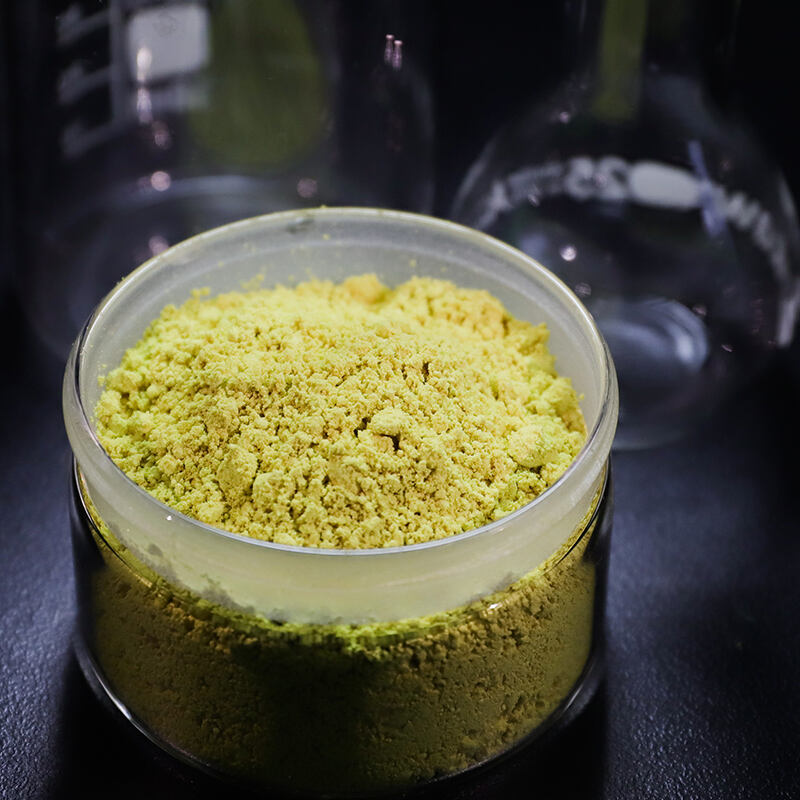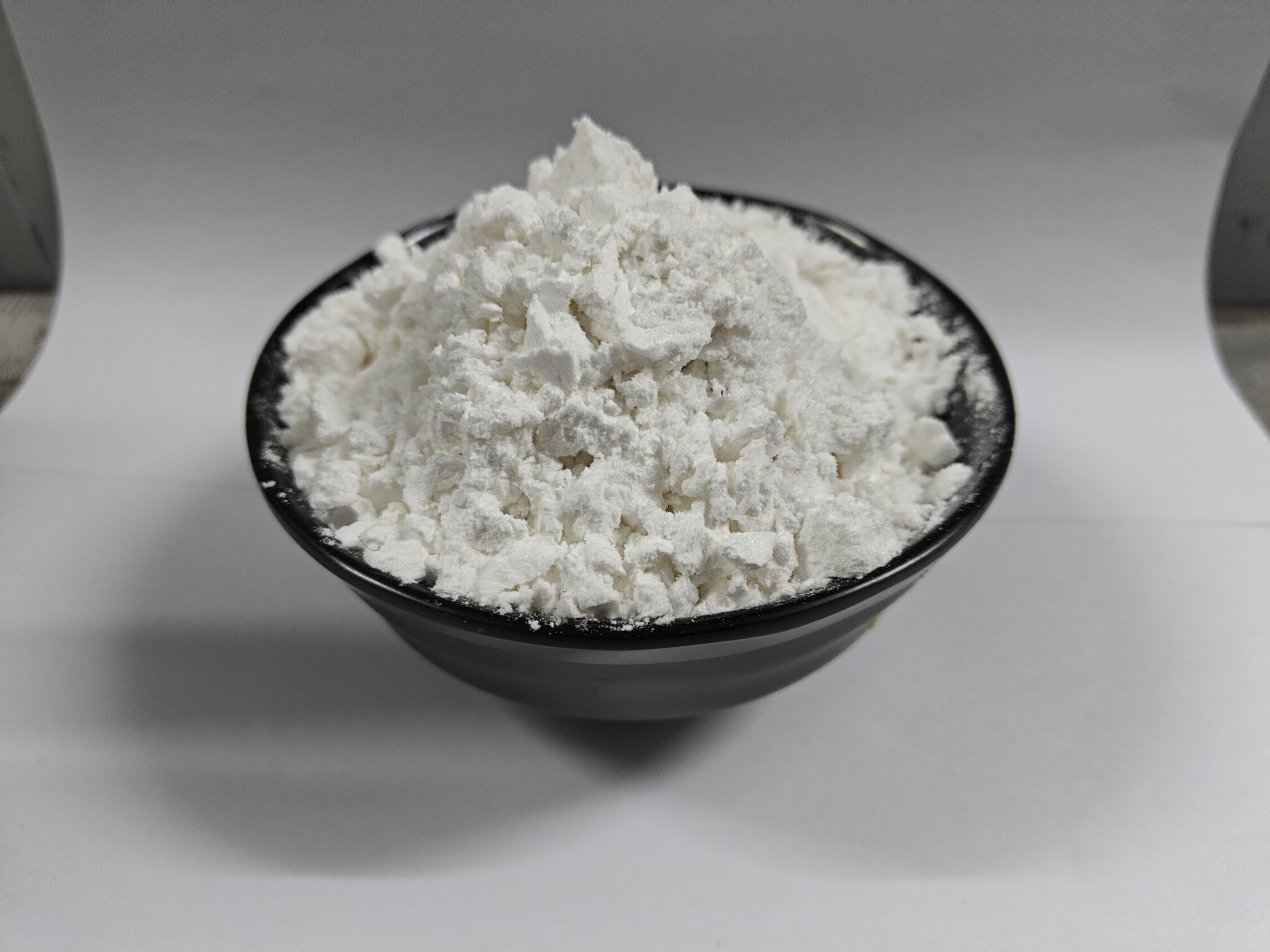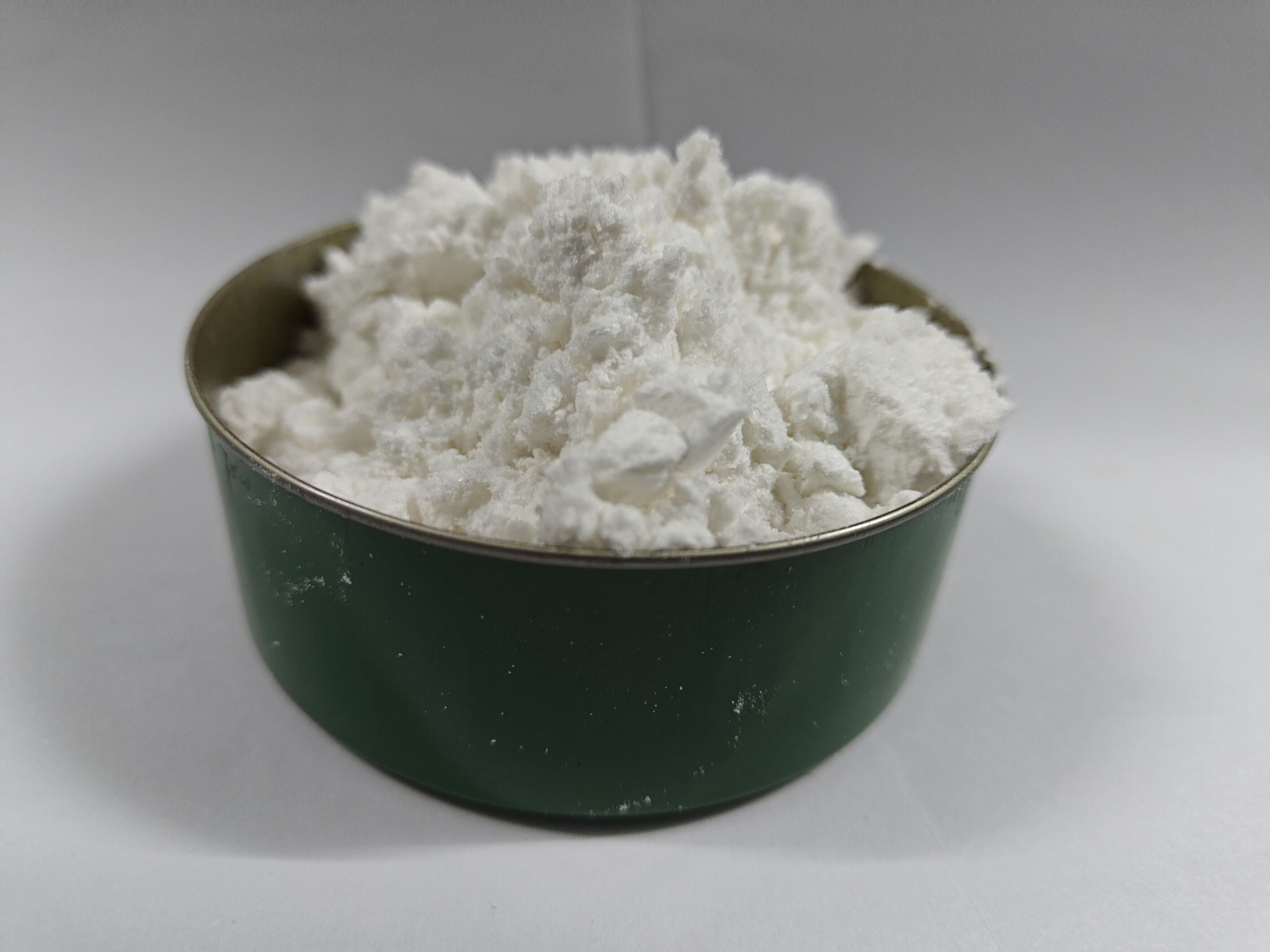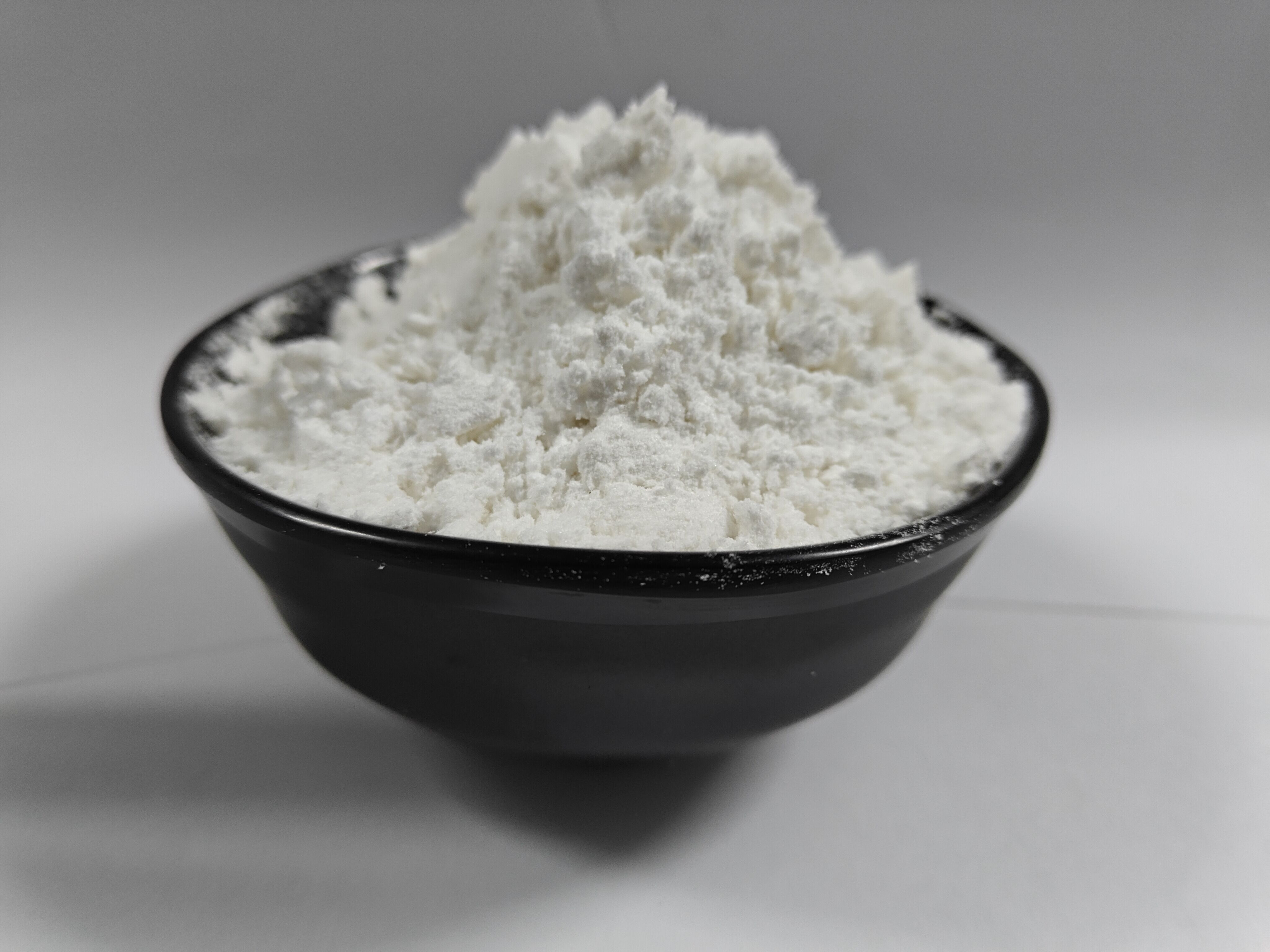carbonyldiimidazole synthesis
Carbonyldiimidazole (CDI) synthesis represents a crucial advancement in modern organic chemistry, serving as a versatile reagent for the formation of amides, esters, and other carbonyl-containing compounds. This synthetic method employs N,N-carbonyldiimidazole as a coupling agent, facilitating the activation of carboxylic acids for subsequent nucleophilic substitution reactions. The process operates under mild conditions, typically at room temperature, and produces imidazole as a benign byproduct. The reaction mechanism involves the initial formation of an activated acyl imidazole intermediate, which readily reacts with nucleophiles such as amines or alcohols to form the desired products. One of the most significant advantages of CDI synthesis is its clean reaction profile, generating minimal side products and requiring simple purification procedures. The method demonstrates exceptional compatibility with various functional groups and can be applied to both solution-phase and solid-phase synthesis protocols. In industrial applications, CDI synthesis has become particularly valuable in pharmaceutical manufacturing, peptide synthesis, and the production of specialty chemicals, offering a reliable and efficient route to complex molecular structures.











